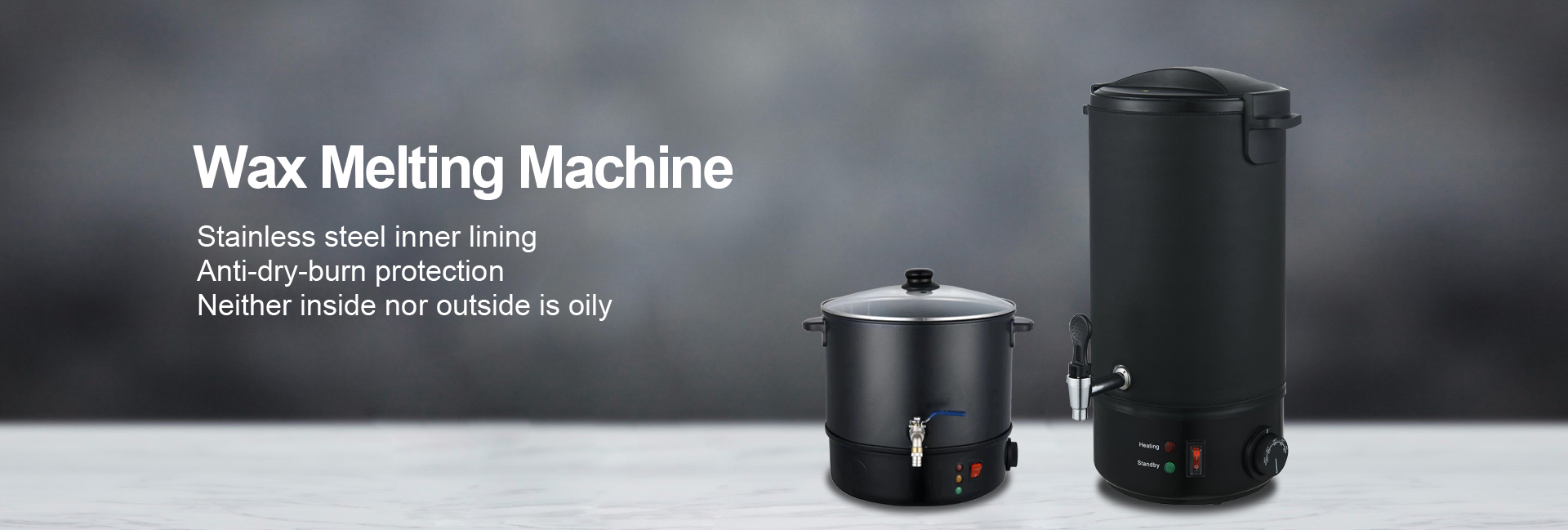News Categories
Working principle of thermal insulation electric kettle
Thermal insulation electric kettles achieve thermal insulation and heating functions through the following main working principles:
1. The working principle of the heating element: A heating element is generally installed inside the thermal insulation electric kettle, usually an electric heating tube. When the power supply is switched on, the heating element produces a resistive heating effect, converting electrical energy into heat energy, thereby increasing the water temperature.
2. Temperature control working principle: In order to control the water temperature within the appropriate range, the thermal insulation electric kettle usually has a temperature sensor built in. When the temperature of the water reaches the set temperature value, the control circuit will automatically cut off the power supply of the heating element and stop the heating process. When the temperature of the water drops below the set temperature, the control circuit will turn on the power again and start heating.
3. Double-layer heat insulation working principle: the thermal insulation electric kettle generally has a double-layer heat insulation structure. The inner layer is the container that holds the water, and the outer layer is the insulation layer. This double-layer structure can effectively reduce the heat transfer to the external environment and improve the insulation effect. Typically, insulation uses materials such as polystyrene, which have a low thermal conductivity and prevent heat loss.
4. Sealing working principle: The thermal insulation electric kettle also needs to have sealing performance to prevent water vapor or water loss. Sealing ring and other sealing measures are generally used to ensure the sealing of the kettle, which can effectively reduce the evaporation rate of water and the dispersion of heat
Above, the thermal insulation electric kettle through the heating element heating water, temperature control circuit control heating process, double insulation structure to reduce heat loss and sealing measures to prevent water loss, so as to achieve thermal insulation and heating functions.



